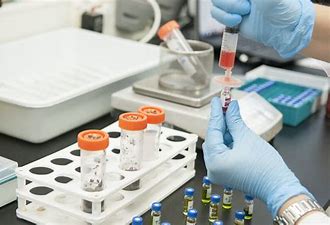Recently, I was talking to some colleagues about the fact that I really dislike the light in my hallway being on because it makes a buzzing sound. Someone asked me which bulbs were being used so we got talking about energy saving bulbs. Another person then explained that a lot of energy is used to simply turn ‘energy saving light bulbs’ on! Thus for me to turn it on and off results in the opposite of saving energy! He explained that tube lights operate on the same basis.Â
I was really concerned about this, especially because I recently had a ‘how green is your home’ survey done and nothing like this was mentioned when we talked about how conscientious I am about lights etc.Â
So I wrote to the company that carried out the survey and here’s what I found out.Â
I have been looking into your question regarding the power use of CFL’s (compact fluorescent lamp) in short time frames.
In the past, low quality CFL’s had a “warm up” period where the bulb would use greater power to reach optimum light output before dropping to low energy usage. Modern, high quality bulbs do this in the first few seconds and reach optimum efficiency very quickly.
There is no reason to keep a CFL switched on for longer than a normal GLS bulb as they do not consume any greater energy during start up and run very efficiently immediately after the first 2 or 3 seconds.
A CFL’s life is no longer affected by switching. The current standards for Energy Recommended’ accreditation requires over 3,000 switching cycles per 8,000 hours of tested life which is many more than would be necessary for normal domestic use. For special applications such as hallways in flats and lights in corridors activated by motion sensors, some manufacturers produce heavy duty’ CFLs with up to 500,000 switching cycles capability and 15,000 hours life.
If you have any questions or would like any further information please do not hesitate to call and I will be happy to help.
Â
Best Regards
Phil Koziol
Enquiry Manager
Tel: 0800 089 0098Â
Â




3 Comments
Thom · July 14, 2009 at 6:34 pm
This is some very good information. I do appreciate that you did the research and posted. For those less fortunate to understanding the explanation it would be nice if someone would answer the question directly. Yes it saves energy or No it does not save energy.
Heena Modi · July 14, 2009 at 6:45 pm
Yeah fair point!
I prefer short answers too but I think people feel that there’s a growing need/pressure on them to explain themselves. Justifying what they do, why they do it and in some cases, how.
It’s good to know about some things so the explanations can be helpful. I guess we have to disregard what we don’t find helpful and welcome the rest.
Helen · July 29, 2009 at 11:14 pm
I have noticed that CFLs used as dimmers or with auto on and off mechanisms have shorter life spans. I thought it was weird, but after reading this post, I now think this is related to what you’ve described here.
Comments are closed.